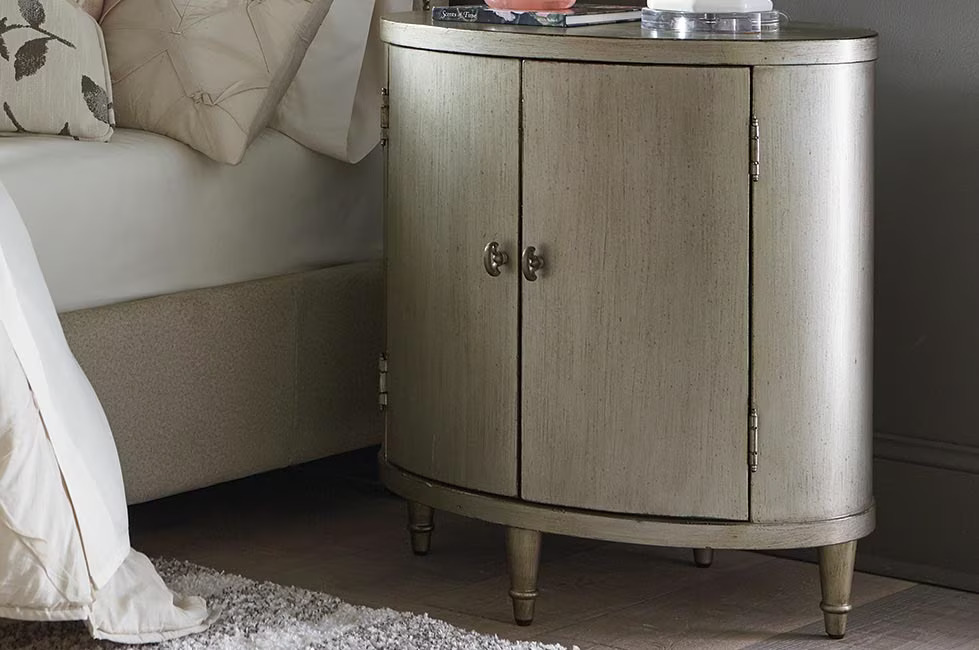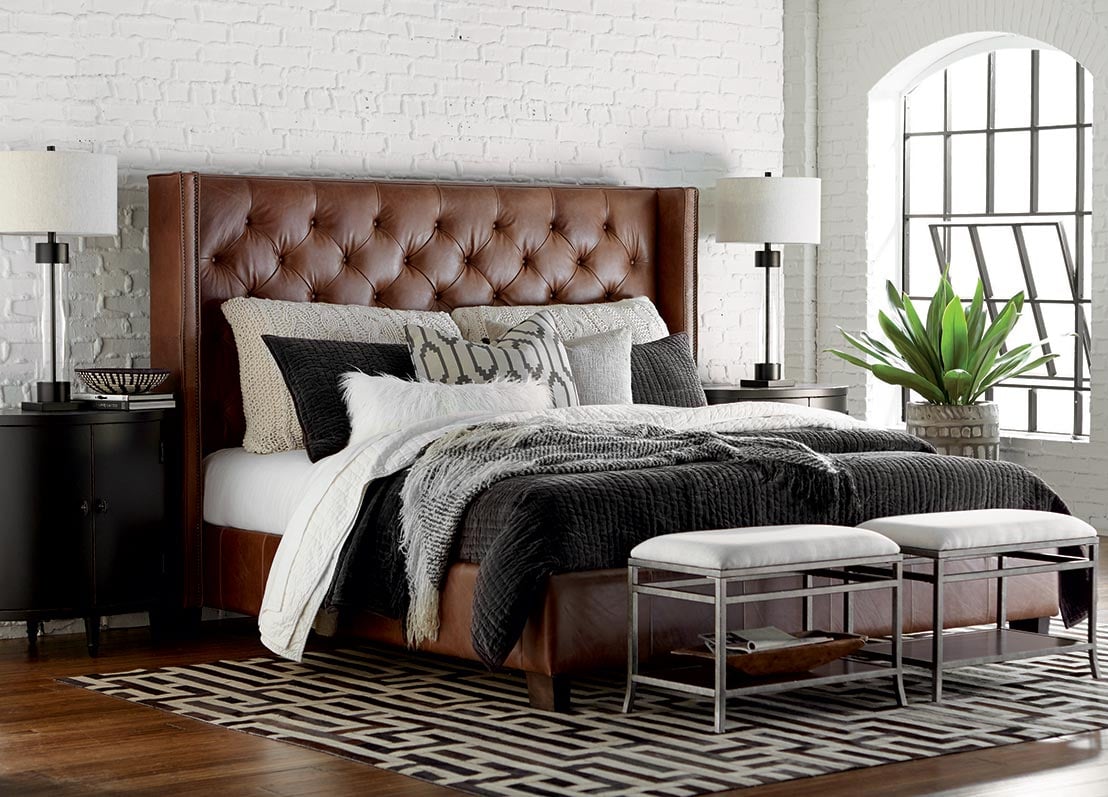Color Scheme Tips for Your Home
Updated 3/16/23
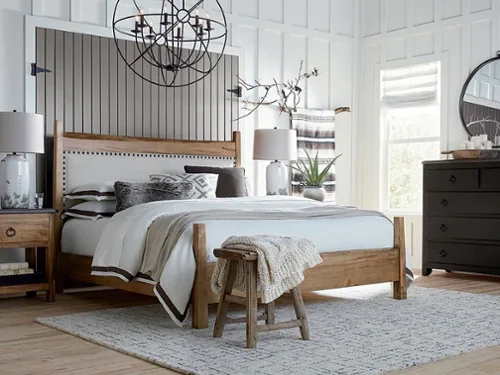
If you’re like most of us, you know which colors you like. And even though you’ve got a flair for outfits, you know there’s a little bit more to coordinating the spectrum of colors that go into a room design.
Need help establishing a color scheme for your home? We guide you through some color theories to help you create the right home for your tastes. And bonus designer tips will bring it all home, so you can get started on a color scheme that works for you.
What Is Hue?
Starting our guide on color schemes for your home is hue. Hue is the identity of a color that comes from how you perceive the light reflecting off an object. Everyday objects like sofas, plates, and walls all reflect light and cause you to think of a particular color name, like lavender or persimmon
You can identify primary colors (red, blue, yellow) easily. Secondary colors (mixes of primaries like orange, green, and violet) and tertiary colors (mixes of primary and/or secondary) may be best gauged when seen next to another color.

When it comes to color theory, you’ll also hear words like:
• Saturated, or intense, color. Those without much color are called neutrals.
• Value, or colorfulness, is how dark or light a color is.
• Temperature, what we call “warm” or “cool” colors. They remind us of fire (red, orange) or ice (blue, green).
Designer tip: Hues from opposing primaries can fight. If strategically placed — say as accent pieces against a less intense background — they’ll add visual interest. Same with warm temps against a cool background.
Putting two hues of the same value together can make them appear to blend together. But putting hues with the same temperature together can look sophisticated.
What Is a Shade?
Color shade is a darker hue created by mixing it with black. Forest green, for example. Such high-value, highly-saturated hues are attention-getters.
Designer tip: Be sparing with highly-saturated hues or they’ll take over. Play them down with a neutral or another hue from the same primary.
What Is a Tint?
Color shade is a lighter hue created by mixing the color with white. Our home color scheme tip? Think about light blue and pink. These less saturated colors take a back seat to more audacious ones.
Designer tip: Use tints to create a calm background for darker, dramatic statement pieces.
Or layer tints to harmonize your scheme. What could match better than variations of the room’s dominant color?
What Is Tone?
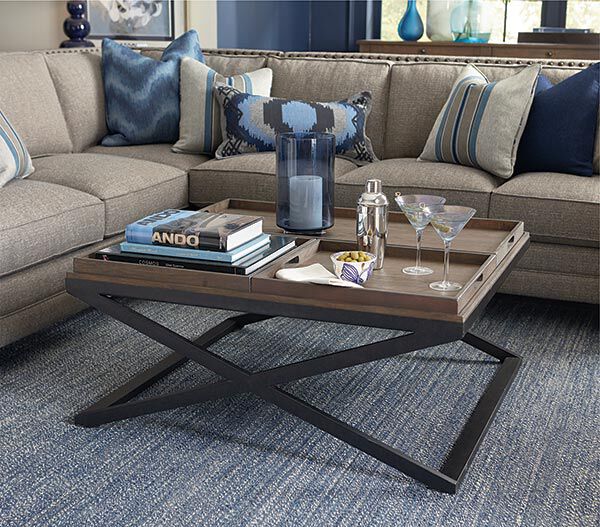
A color tone is created by mixing a hue with gray or by mixing it with both white and black. This “tones down” the hue — keeping its integrity while reducing its intensity or saturation. Less overwhelming than primary hues, these can lose appeal if too grayed.
Designer tip: Want a lower-watt apple red that’s not Pepto pink? Go tonal. Especially when it comes to wall and fabric colors, you can get the integrity of your favorite shade without overpowering your room or going very, very wrong.
How to Check Your Color Theories?
One of our big color scheme tips for your home is to always remember color theorist Joseph Albers’ point: “the exact same color can evoke innumerable responses depending on how it is seen against another color.”
In other words, the suede color or duvet color that amazed you in a store may not play nicely with the scheme at home. If you’re not a pro, try out your ideas before painting a whole room or ordering custom.
Do a virtual test:
Visit a paint site. You’ll find a zillion colors that you can mix and match in real room settings. Bright orange floor with bright red walls? Not so much unless you’re up for the fight.
Do a swatch test:
Grab fabric and paint swatches. Put them together in your room for a week or two so you can see how they work together as the light shifts.
Do a paint test:
For a more telling test of the wall color, buy samples and paint 12-inch squares on your wall. Check on ’em for a week at different times of day before you choose.
Designer Tip: Paint last! Pick your paint color after you choose your pieces for your room.
Can’t Visualize It? No Problem.
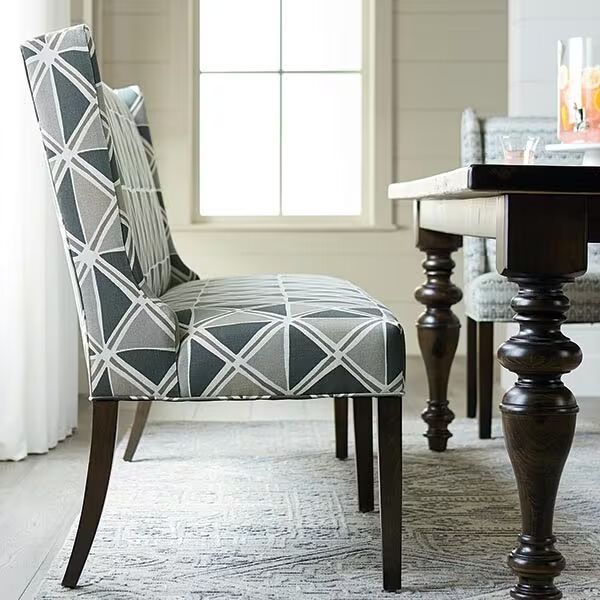
It’s not always possible to “see” what the finished room will look like. Sometimes you take the leap, sometimes you want advice.
Because Bassett interior designers are experts in color and furniture, you don’t really have to be. You’re always welcome to ask for an opinion or tap us for a room redo.
Make an appointment with a Bassett interior designer today. We'll give you more color scheme tips for your home.
Thank you for enjoying our archived content. We invite you to join us for the most up-to-date and trend-right insight into the design industry and our Bassett products.
